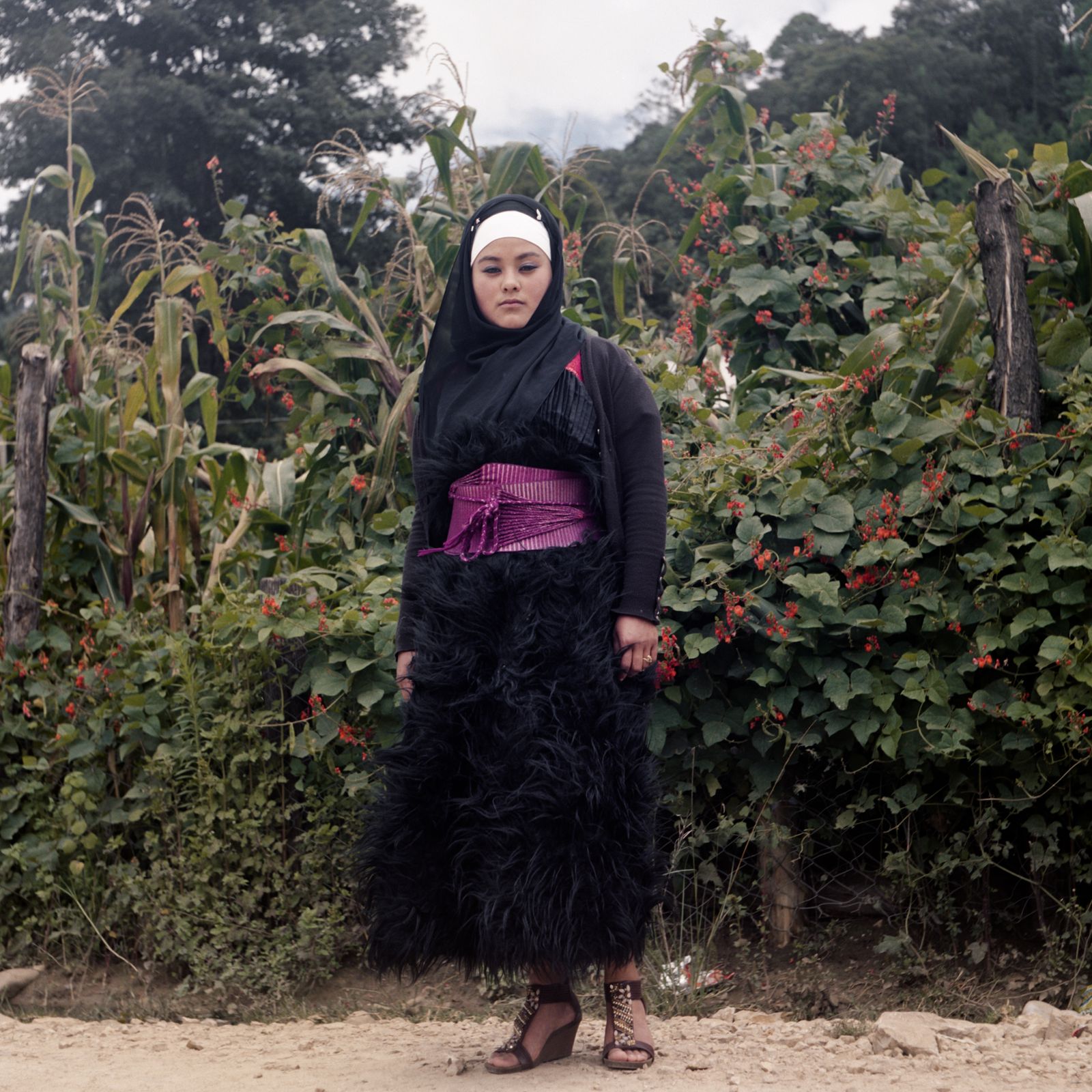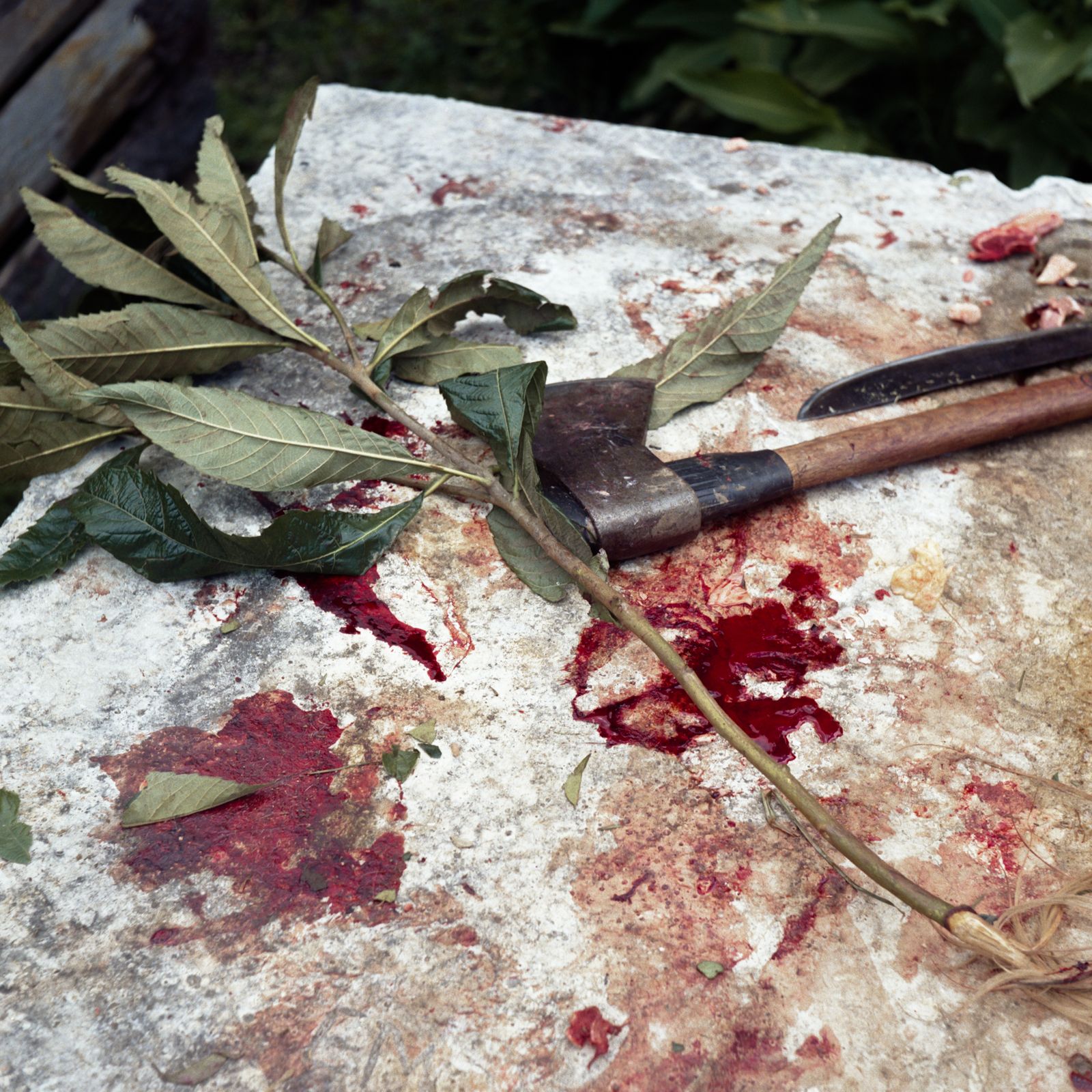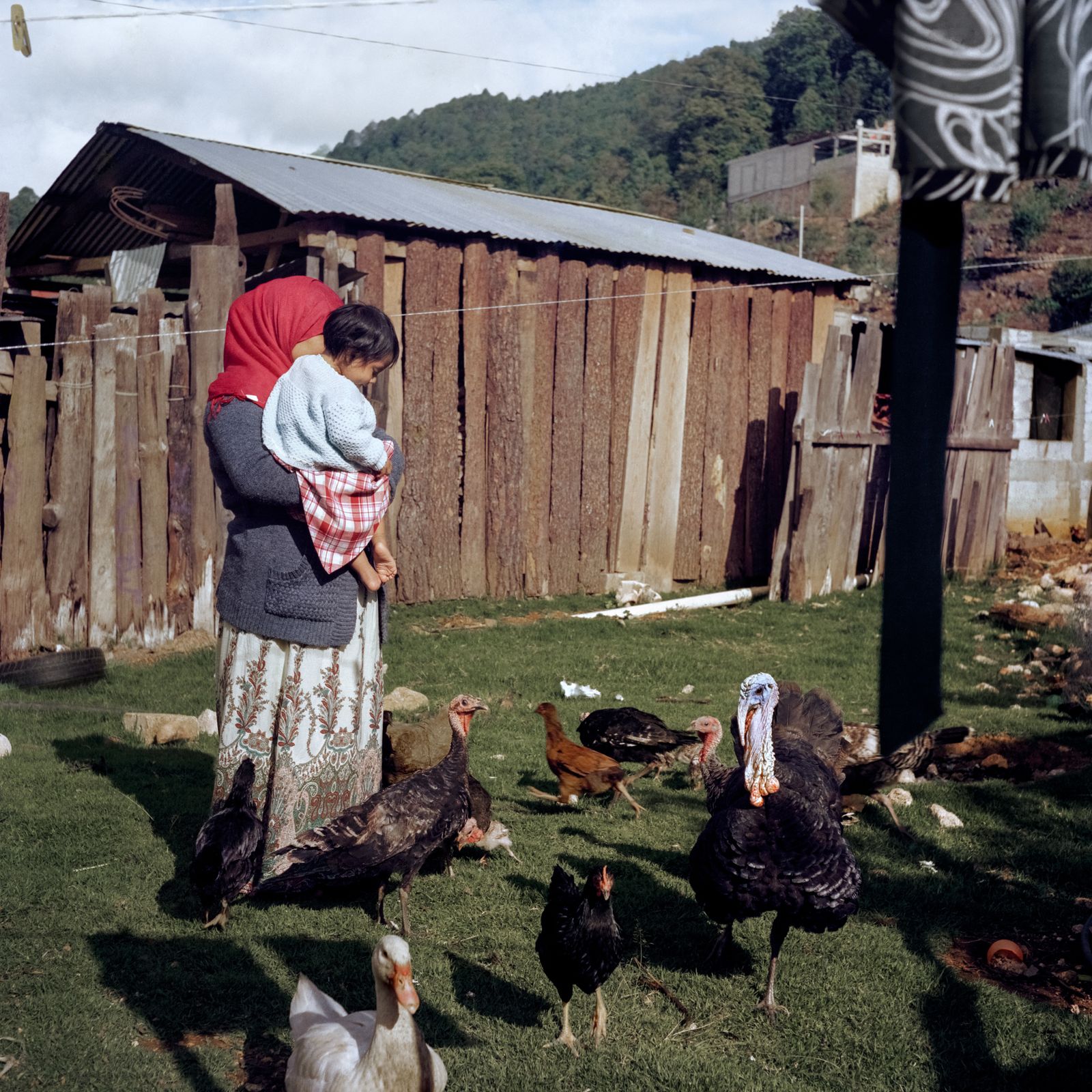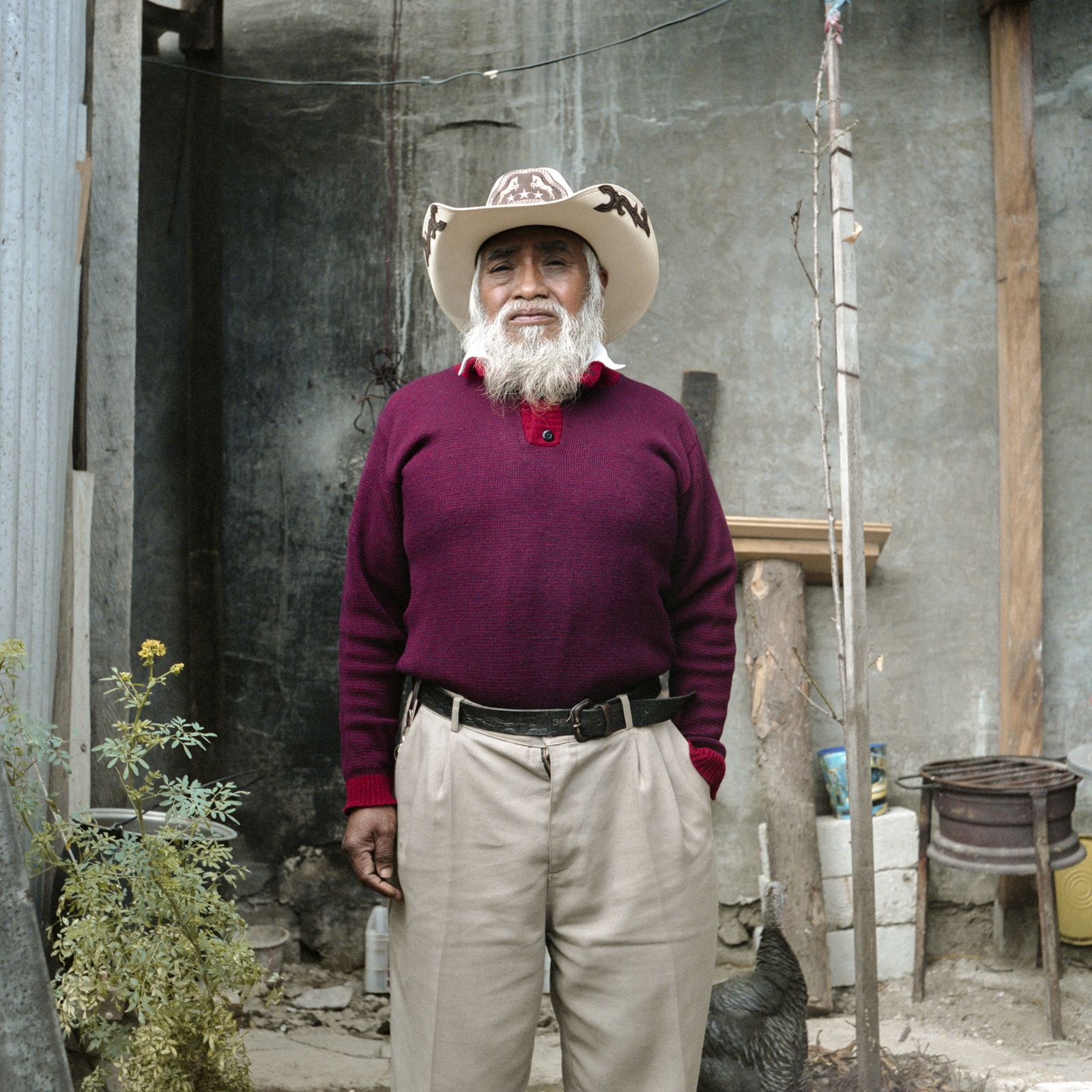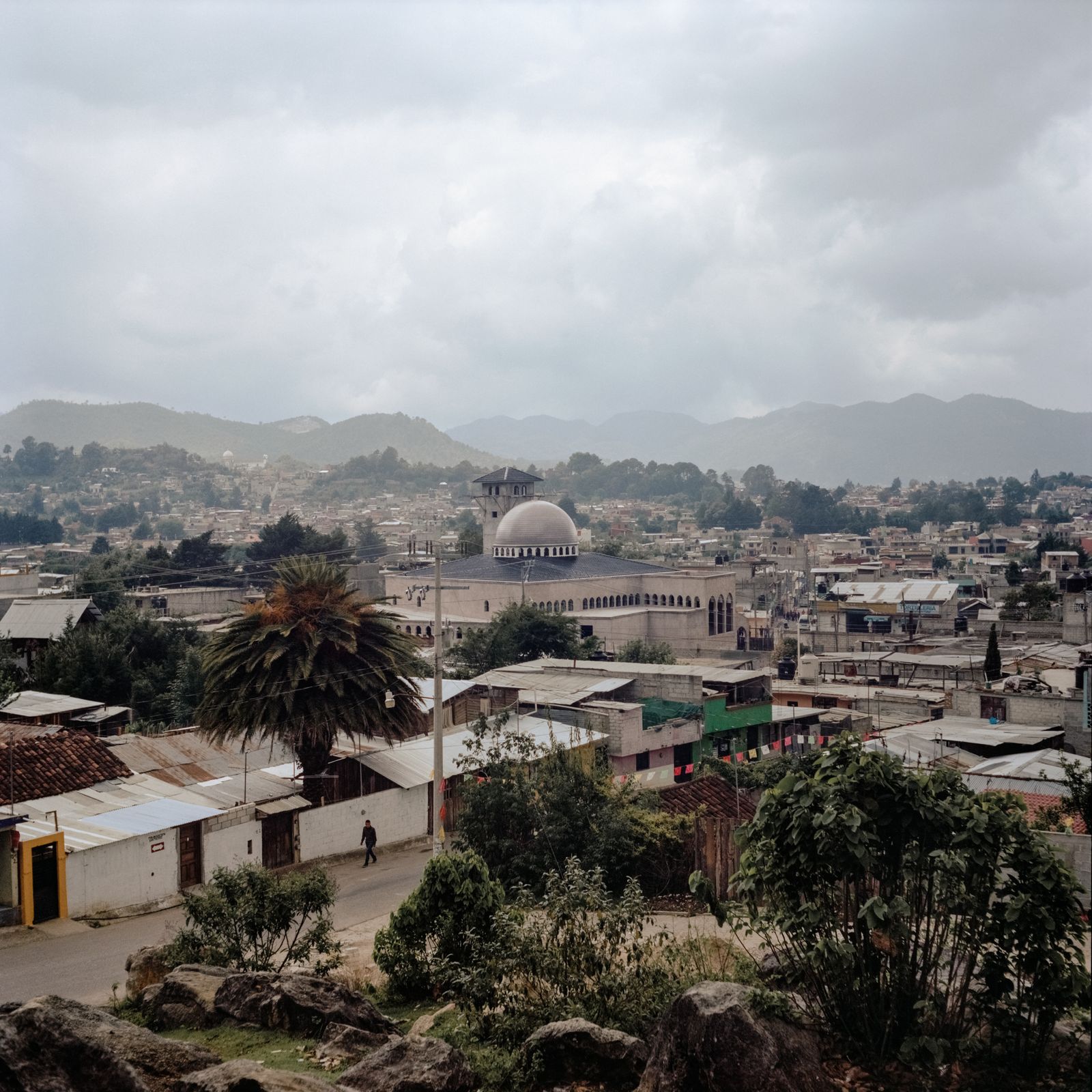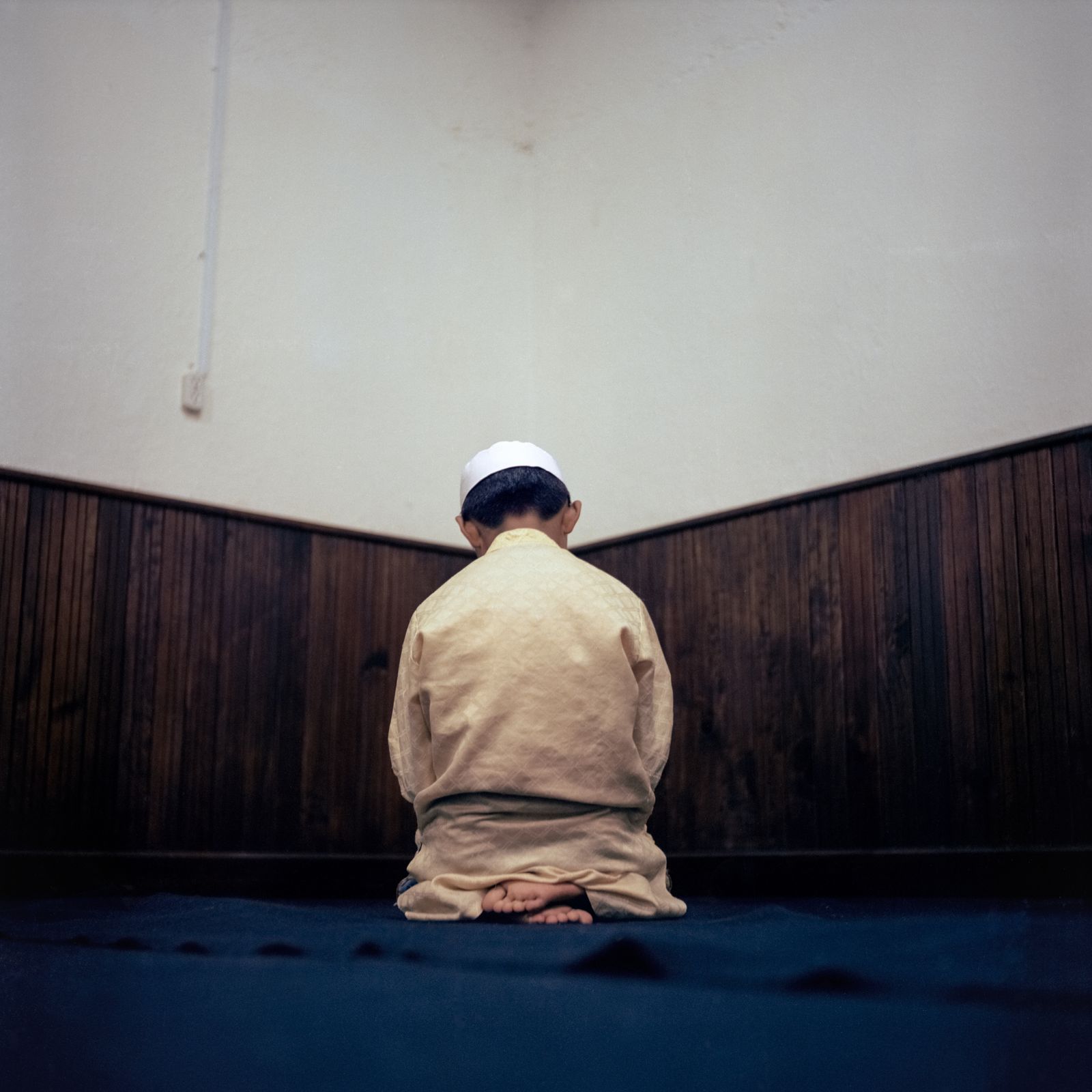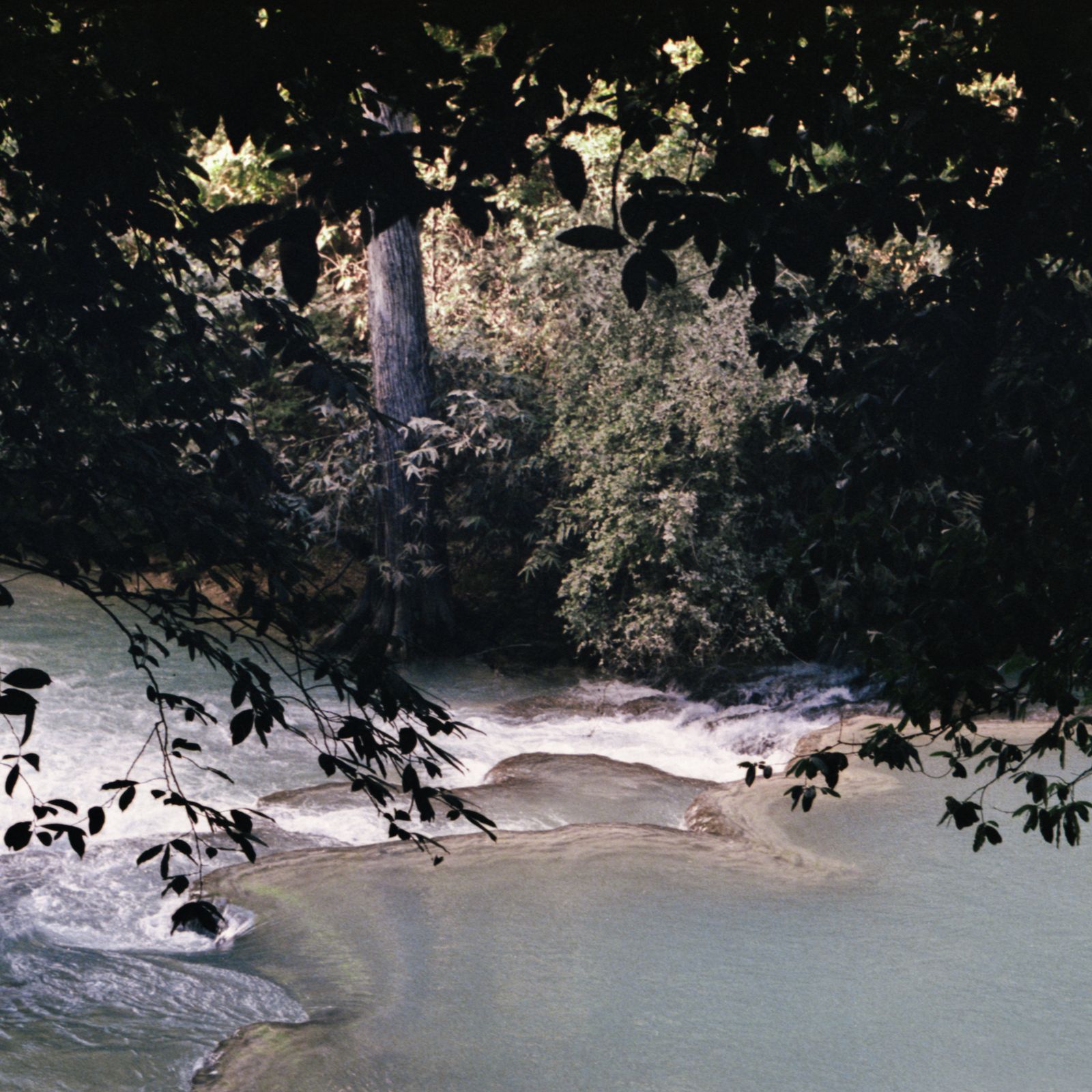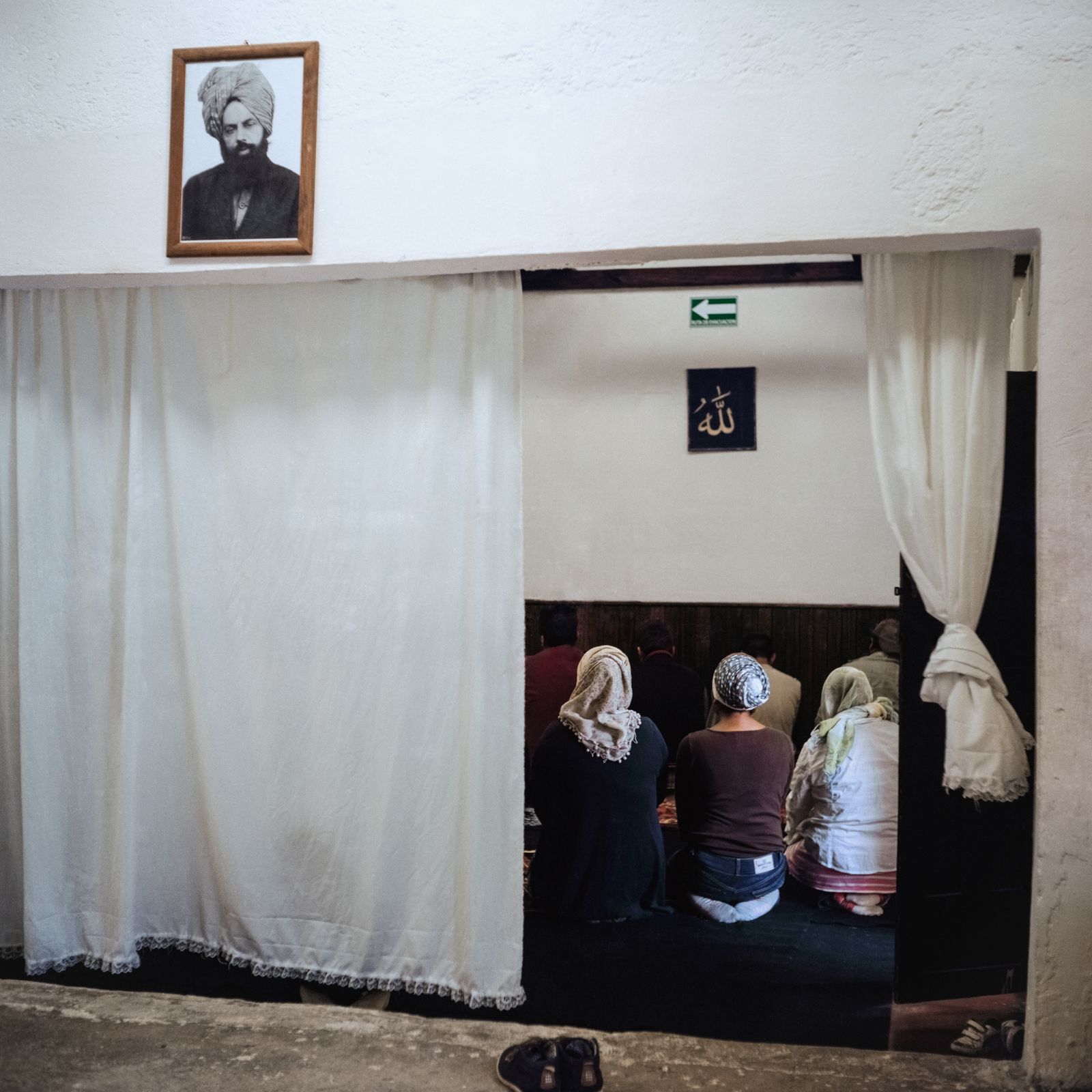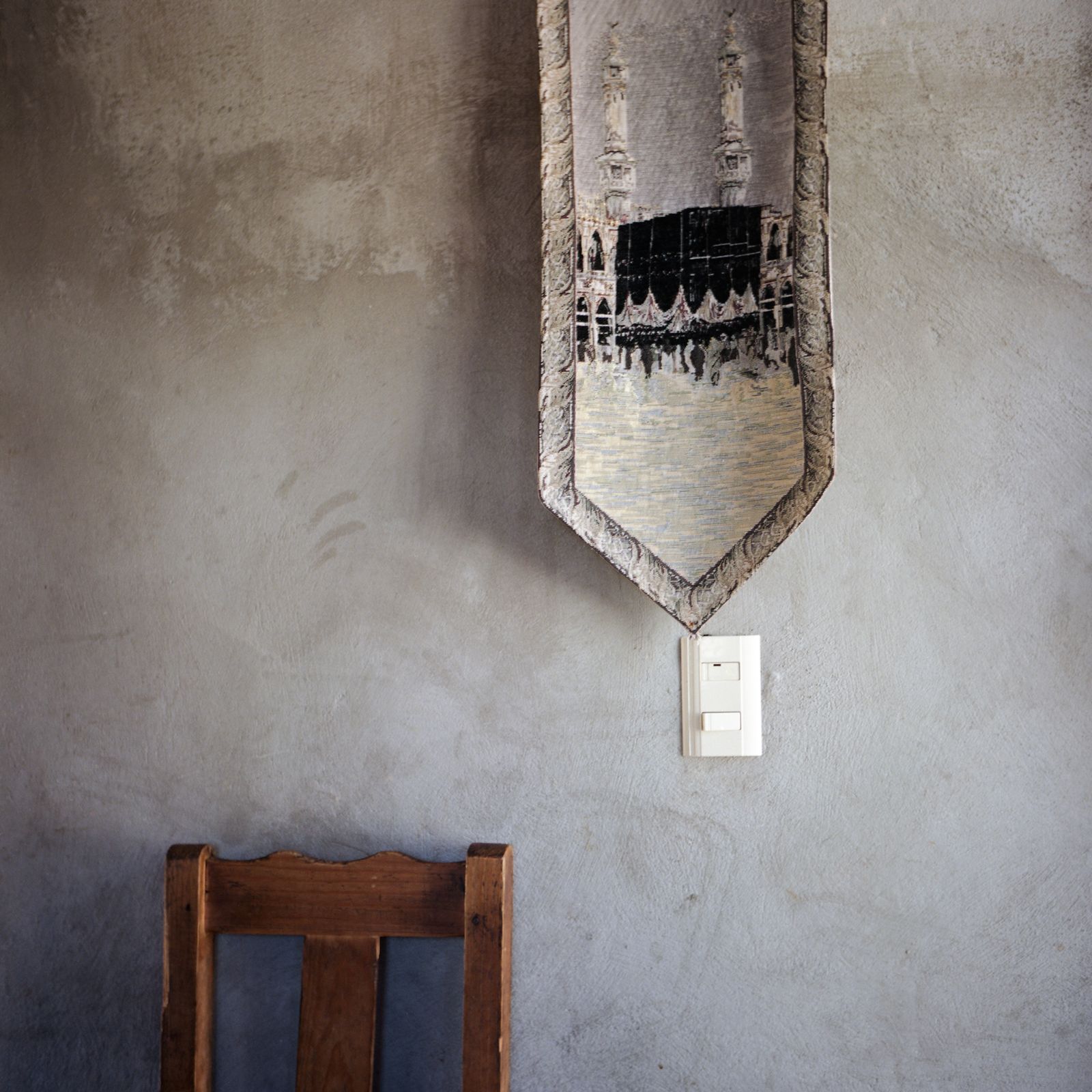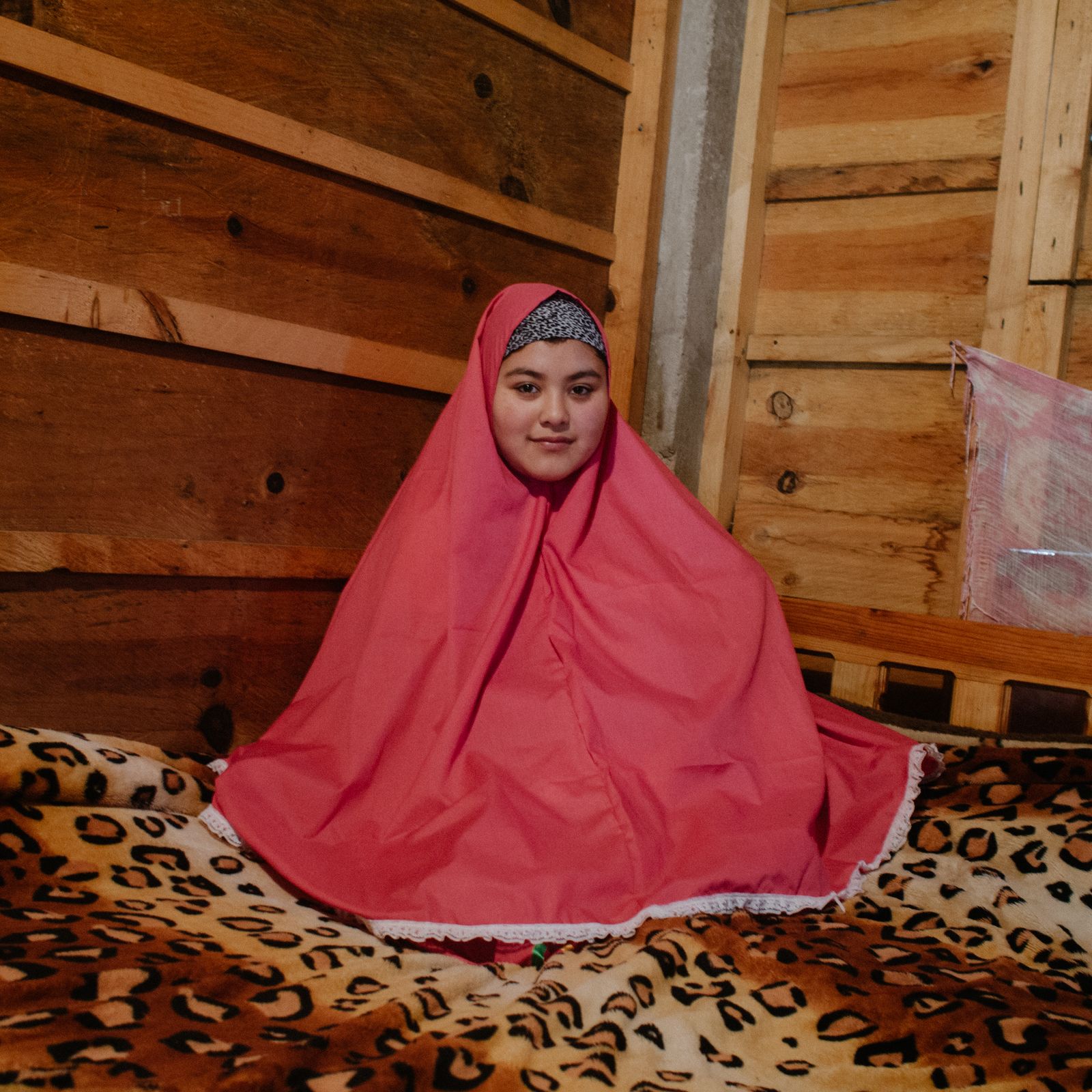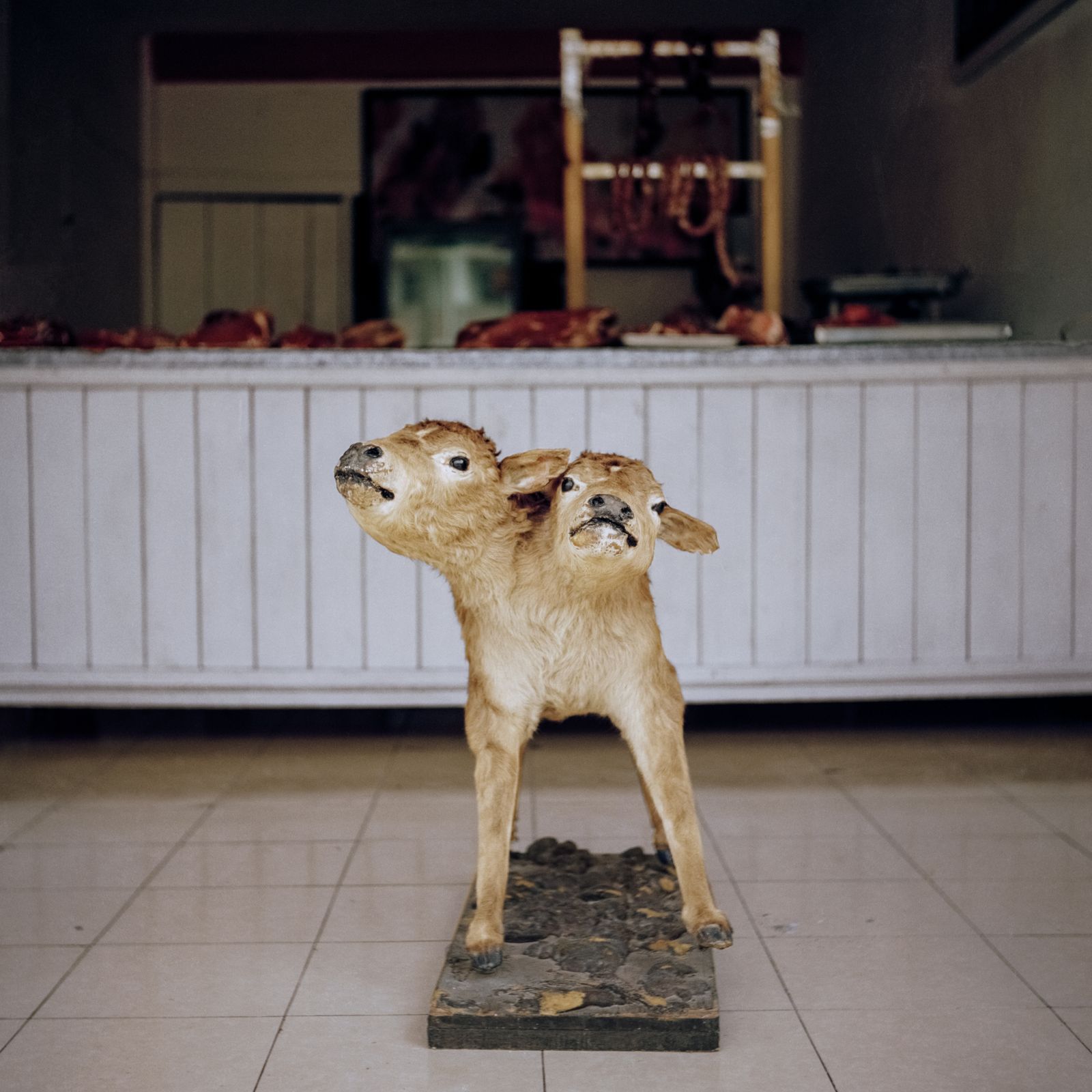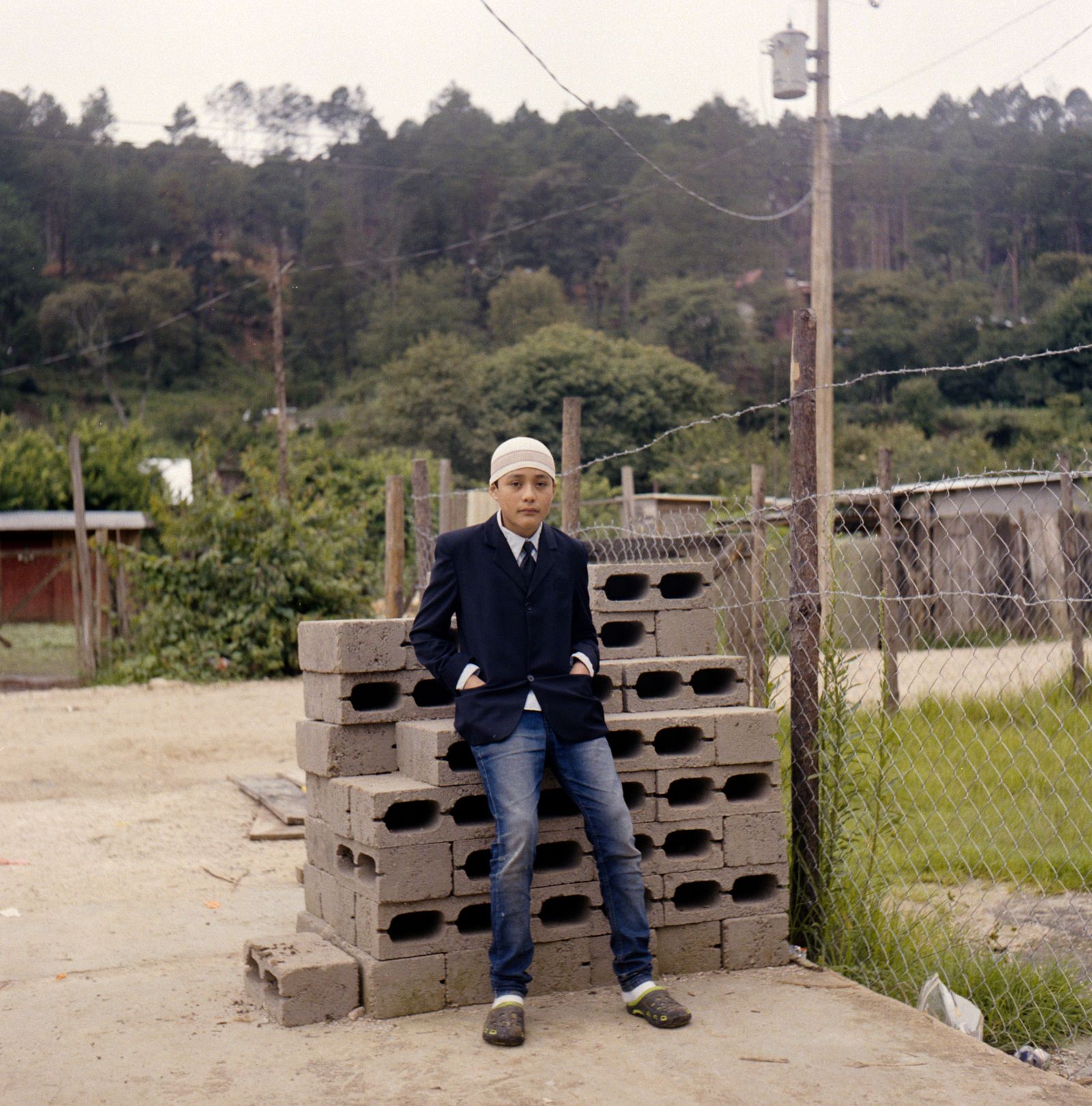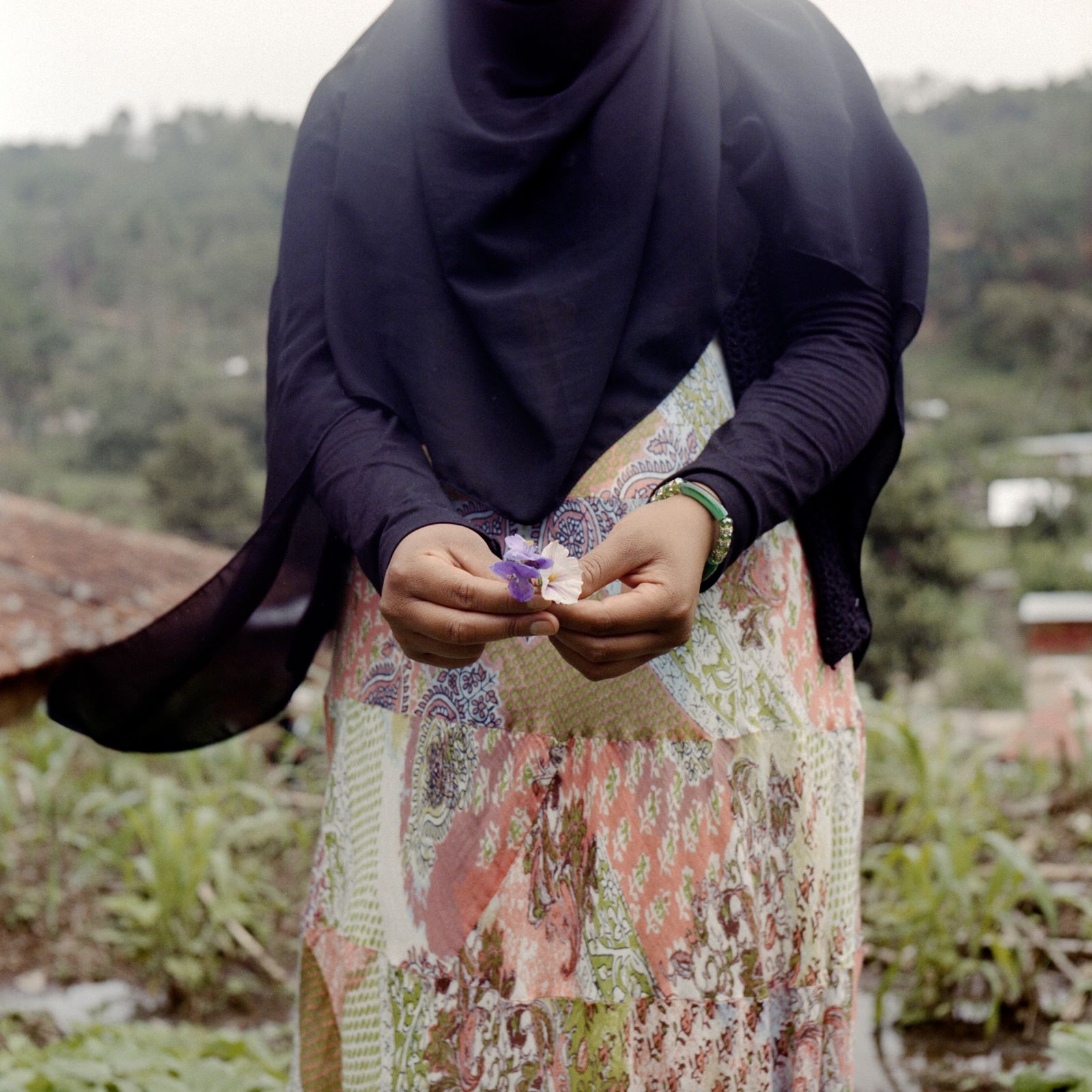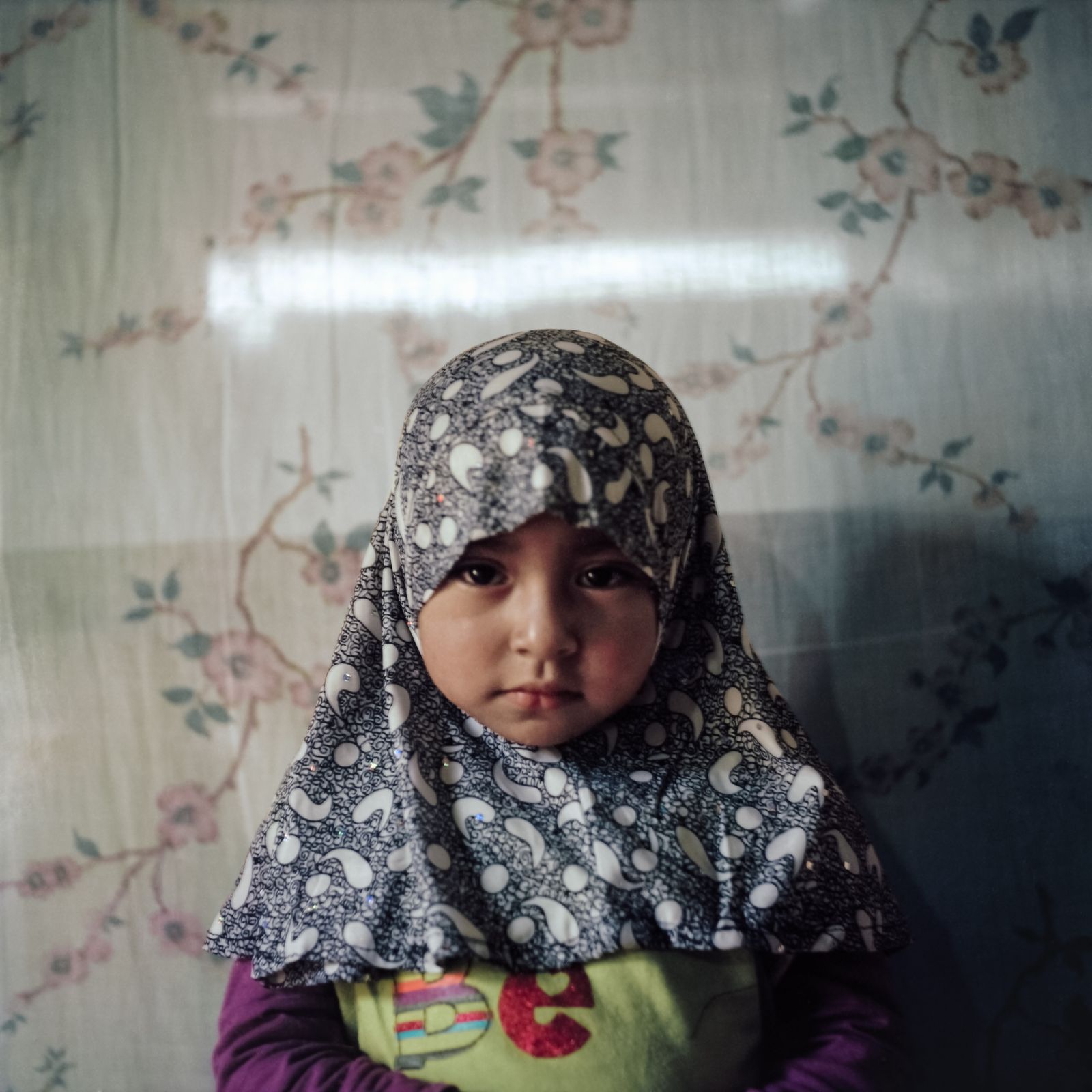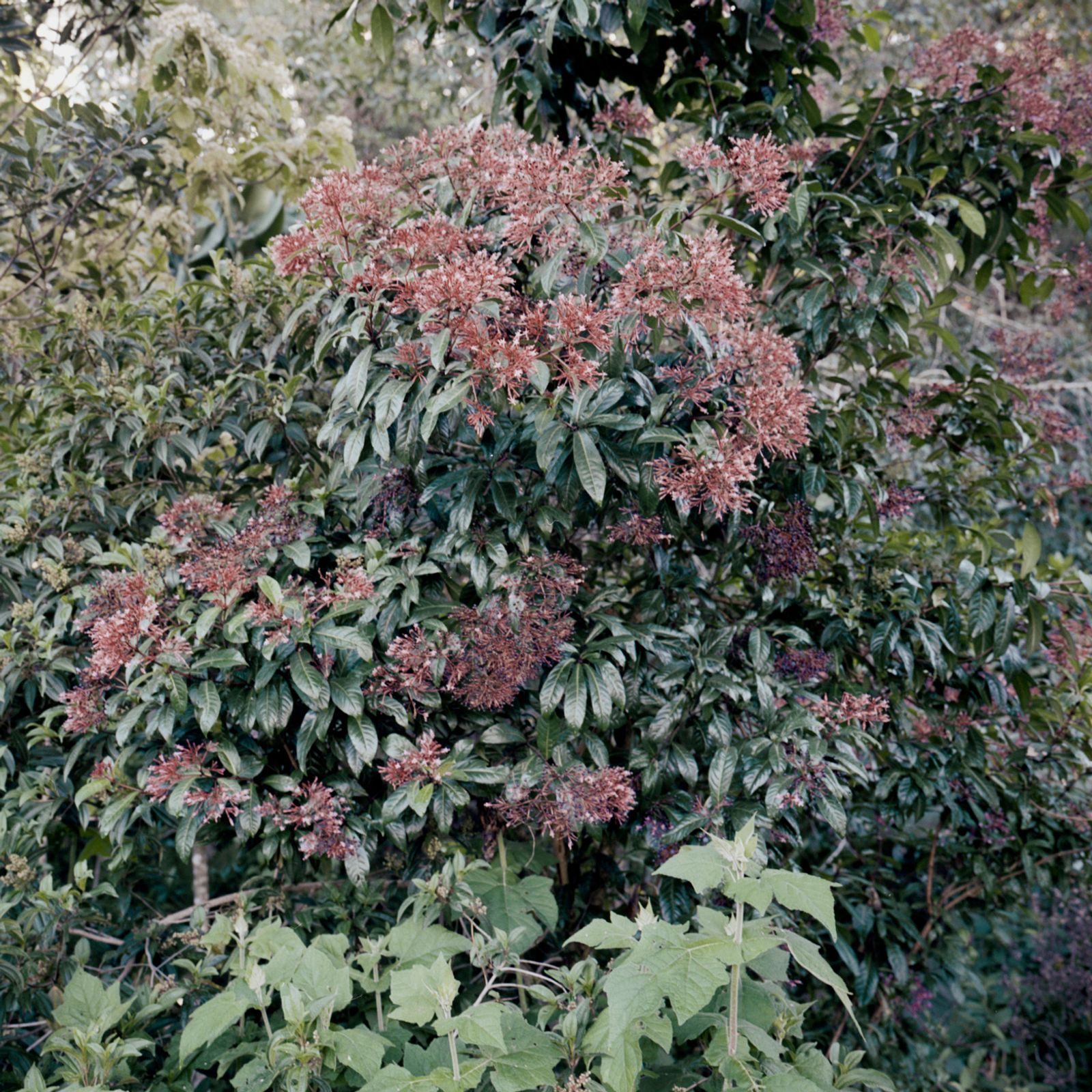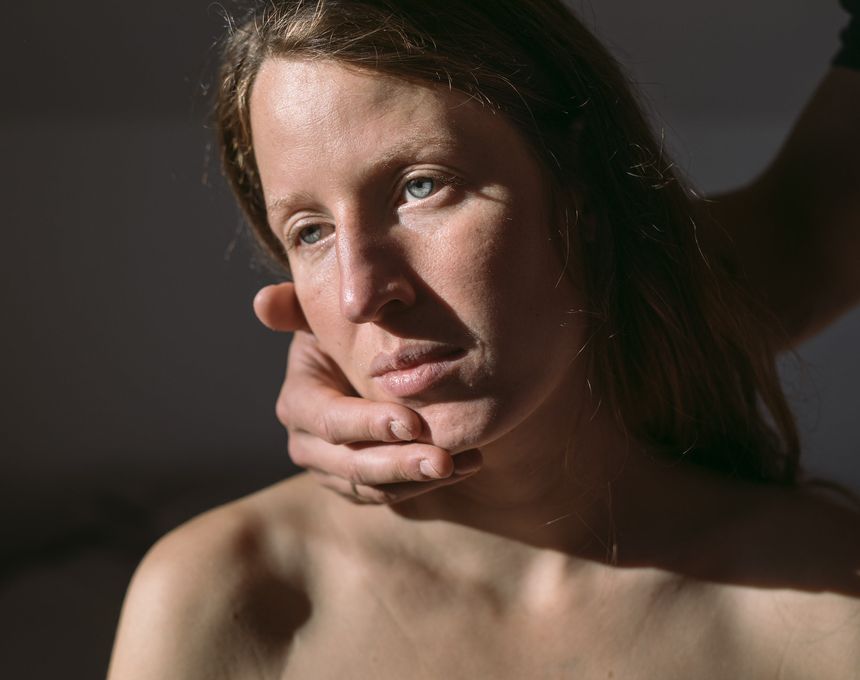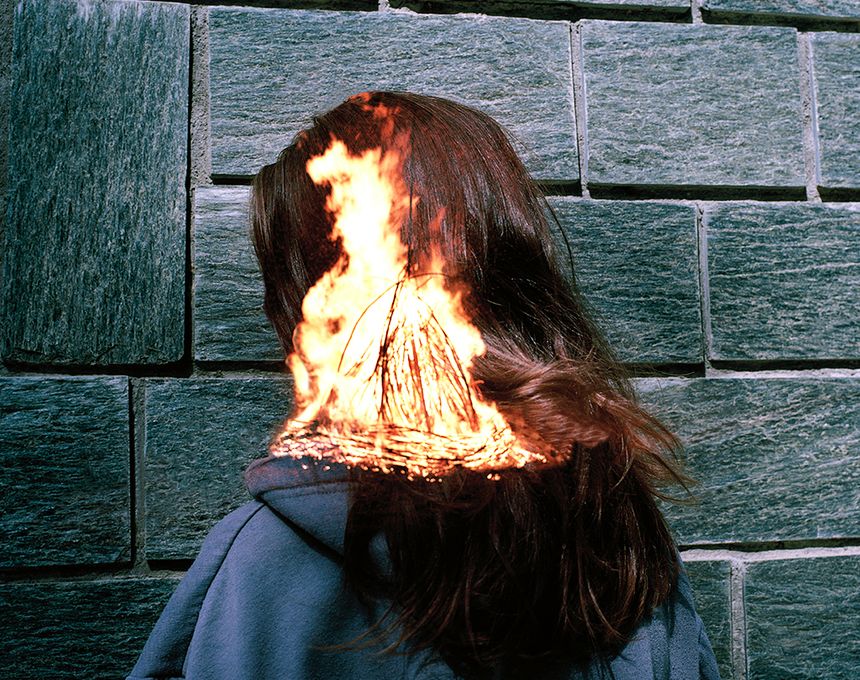JANNAH
-
Dates2016 - Ongoing
-
Author
- Topics Portrait, Social Issues, Documentary
In 1995 a group of Sufi Muslims travelled from Granada, Spain, to Chiapas, a state of mostly indigenous Mayans in southern Mexico: today there are approximately 400 Muslims. Jannah (in Arabic “Garden”, the Islamic concept of paradise) tells how this community found its own paradise in syncretism.
“Their reward with Allah will be gardens of perpetual residence beneath which rivers flow, wherein they will abide forever, Allah being pleased with them and they with Him. That is for whoever has feared his Lord”.
Chapter (98) sūrat l-bayinah (The Clear Evidence), Koran
In 1995 a group of Sufi Murabitun Muslims travelled from Granada, Spain, to Chiapas, a state of mostly indigenous Mayans in southern Mexico known at that time for the presence of the revolutionary militant group "Zapatista National Liberation Army". Their message to the leader of the movement, known as Subcomandante Marcos, was explicit: “The Murabitun World Movement invites you to sit down with representatives of the great nations of Chechnya, Kashmir, Euzkalherria and other nations at the forefront of the struggle against the tyrannical world banking order […] The struggle for the freedom of all people must be under the flag of a transformative Islam, following the message brought to us by Mohammed, the liberator of humanity”.
It is unknown if the Murabitun messengers had any response from the rebels, but they saw the impoverished state as fertile ground for the principles of Islam. Indigenous Mayans and Tzotzils have led marginalized lives ever since the Spanish conquest in the 16th century, living in extreme poverty and suffering from exploitation, racism and alcoholism; the Murabitun’s alcohol prohibition has proven to be attractive to the indigenous community as a viable alternative. This community was originated twenty years ago after the Chechev clan, a Tzotzil Mayan family from the municipality of San Juan de Chamula, professed their faith in Islam and their belief in the oneness of God. This conversion meant abandoning the Church which had guided the religious practices of the indigenous communities in Chiapas for more than 500 years.
JANNAH (in Arabic "Garden", the Islamic concept of paradise) is a project that aims to tell how in San Cristobal the Koran took the place of the Bible and the indigenous women started to wear the traditional wool skirt and colorful blouse with the hijab.
The Muslim population in Mexico has grown nearly fivefold in the last 15 years, from 1,500 in 2000 to 5,260 in 2016, according to the The National Institute of Statistics and Geography. The most populous Muslim communities are in urban areas like Mexico City or Guadalajara where Islam arrived mostly with immigrants. In Chiapas, there are approximately 400 Muslims, but inside the community there were two rebellions against the Morabitun who expected the new Muslims to forgot their tradition; in 2000, the Al Kautsar Sunni indigenous community was founded and in 2014, almost 70 people opened the Ahmadiyya mosque. (The Ahmadiyya community is not recognized as Muslim by the Muslim World League).
Today the community not growing by conversion, but because each woman has an average of six children.
The project wants to show one unknown face of this much-discussed and misunderstood religion. In a tropical climate, far from the political influences of the Middle East, it will visually depict the syncretism born from a mix of Islamic dogmas, pre-Columbian tenets based on oral teachings and 500 years of Catholic religious practices.
JANNAH tells the story of this conversion process and build a political and social reflection about the causes and consequences of religious conquest in territories where people try to preserve indigenous traditions that mix with ideologies external to their environment, building their own paradise in syncretism.
